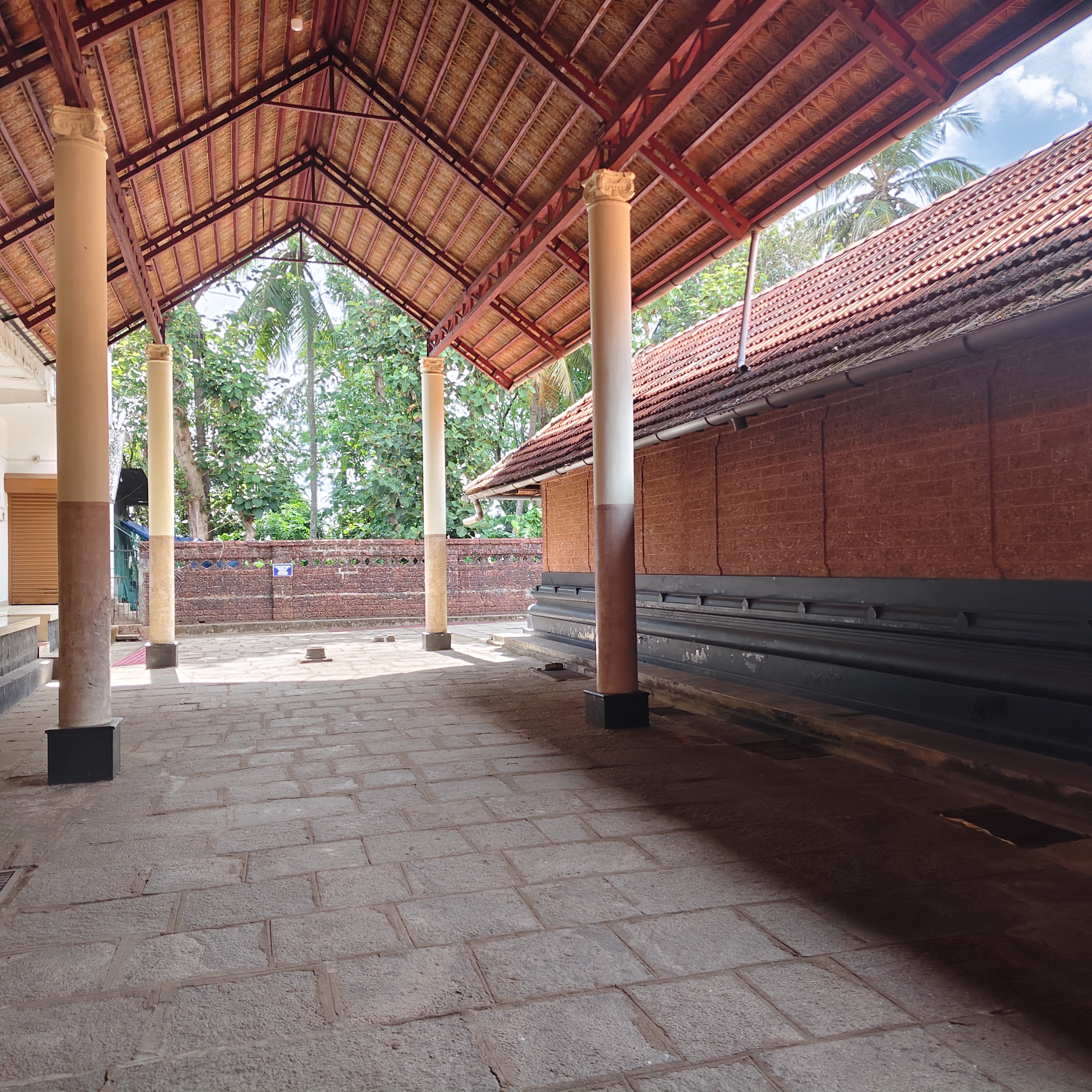Peralassery Temple: Whispers of Faith and the Spirit of Malabar
Situated in the serene landscapes of Kerala’s Kannur district, the Peralassery Sree Subrahmanya Temple is a sacred space steeped in centuries of faith, architecture, and regional culture. While the temple might not be widely known outside of Kerala, its religious and cultural relevance is deeply entrenched in the heart of North Malabar. Devotees flock here not just for worship but to experience a quiet yet powerful connection with Lord Subrahmanya, also revered as Murugan in Tamil traditions. Unlike the more commercial temples of the south, Peralassery holds onto its traditions with a quiet dignity that continues to inspire locals and visitors alike.
The temple's historical roots are not thoroughly documented, yet oral traditions and architectural clues suggest that it predates modern record-keeping, possibly tracing back to the Chera dynasty period. Over generations, it has survived political and social upheavals and remains a thriving center of ritual activity and regional worship. The temple’s layout, wooden carvings, and sloped tiled roof are textbook examples of traditional Kerala temple architecture, which harmoniously blends religious symbolism with natural materials.

At the heart of this shrine is the worship of Lord Subrahmanya—son of Shiva and Parvati, known for his valor and wisdom. The deity represents the victory of good over evil and is often invoked by those seeking strength, knowledge, and protection. The sanctum sanctorum is understated in its grandeur but holds a distinct spiritual intensity. Murugan’s presence is palpable here, not in gold-plated walls or towering gopurams, but in the quiet routines of daily worship, the smell of oil lamps, and the chants that rise and fall with the rhythm of rituals.

One of the most unique aspects of this temple is the offering of eggs. Yes, boiled eggs—offered in devotion to Lord Subrahmanya as part of a local belief system tied to health, fertility, and fulfillment of wishes. While this may seem unusual to outsiders, it forms a critical part of the temple's identity and is deeply respected by the community. Offerings are made by devotees with genuine faith, and rows of eggs placed carefully at the offering counters have become a symbolic and visual signature of Peralassery.
The temple pond is another striking feature—built in laterite and stone, it is vast, symmetric, and beautifully integrated into the temple complex. The steps surrounding it descend gracefully, inviting pilgrims to cleanse themselves before entering the inner sanctum. Many believe that the water has healing properties, especially during festivals when thousands take a dip in spiritual reverence.

In recent years, the temple has also gained attention due to reports of aerial birds avoiding flight directly above the sanctum. Though no divine legend like that of Garuda exists in textual sources, locals consider this an act of reverence from nature itself. The phenomenon, while subtle, contributes to the sense of awe many feel when they stand within the temple premises and look up to the open skies.
Festivals like Thaipooyam are celebrated here with immense zeal. Traditional art forms like Kavadiyattam and musical processions bring the temple to life. Unlike temples that rely heavily on spectacle, the festivals at Peralassery retain their rootedness. The crowds are managed not by force, but by mutual respect. Rituals unfold with precision and devotion, creating an atmosphere that’s both grand and intimate.
The Peralassery Temple is not just a place of worship—it is a cultural repository for Malabar. It reflects the syncretic values, aesthetics, and beliefs of the region. While the egg offerings and aerial bird patterns might intrigue the modern traveler, the temple’s true essence lies in its day-to-day life: the temple musicians tuning their instruments, the quiet offerings at dawn, the temple pond reflecting flickering oil lamps at dusk.
For anyone seeking an authentic spiritual and cultural experience in Kerala, Peralassery offers something real—an opportunity to witness devotion in its most grounded form. It is a living space of faith, history, and local heritage—unpolished, undiluted, and deeply meaningful.